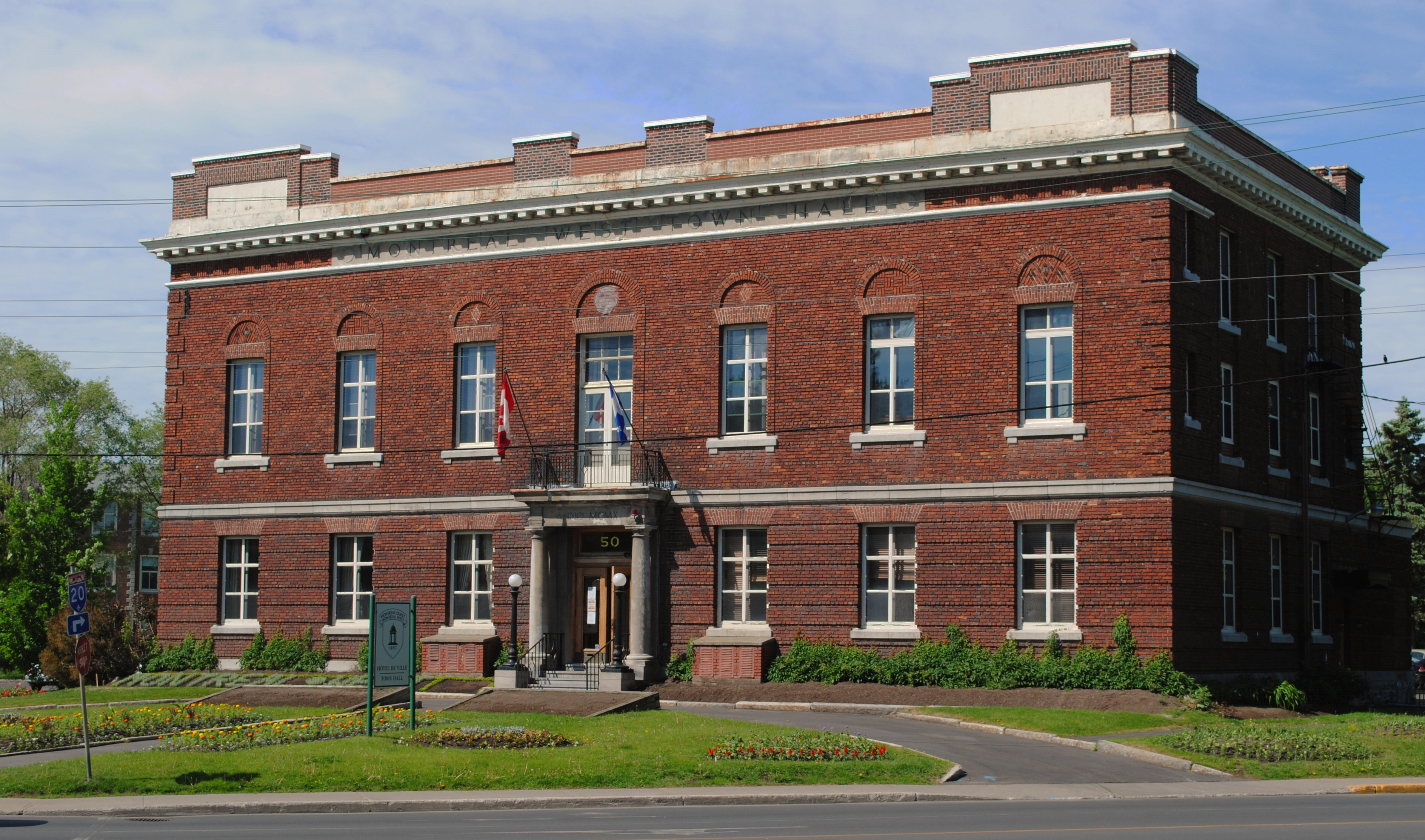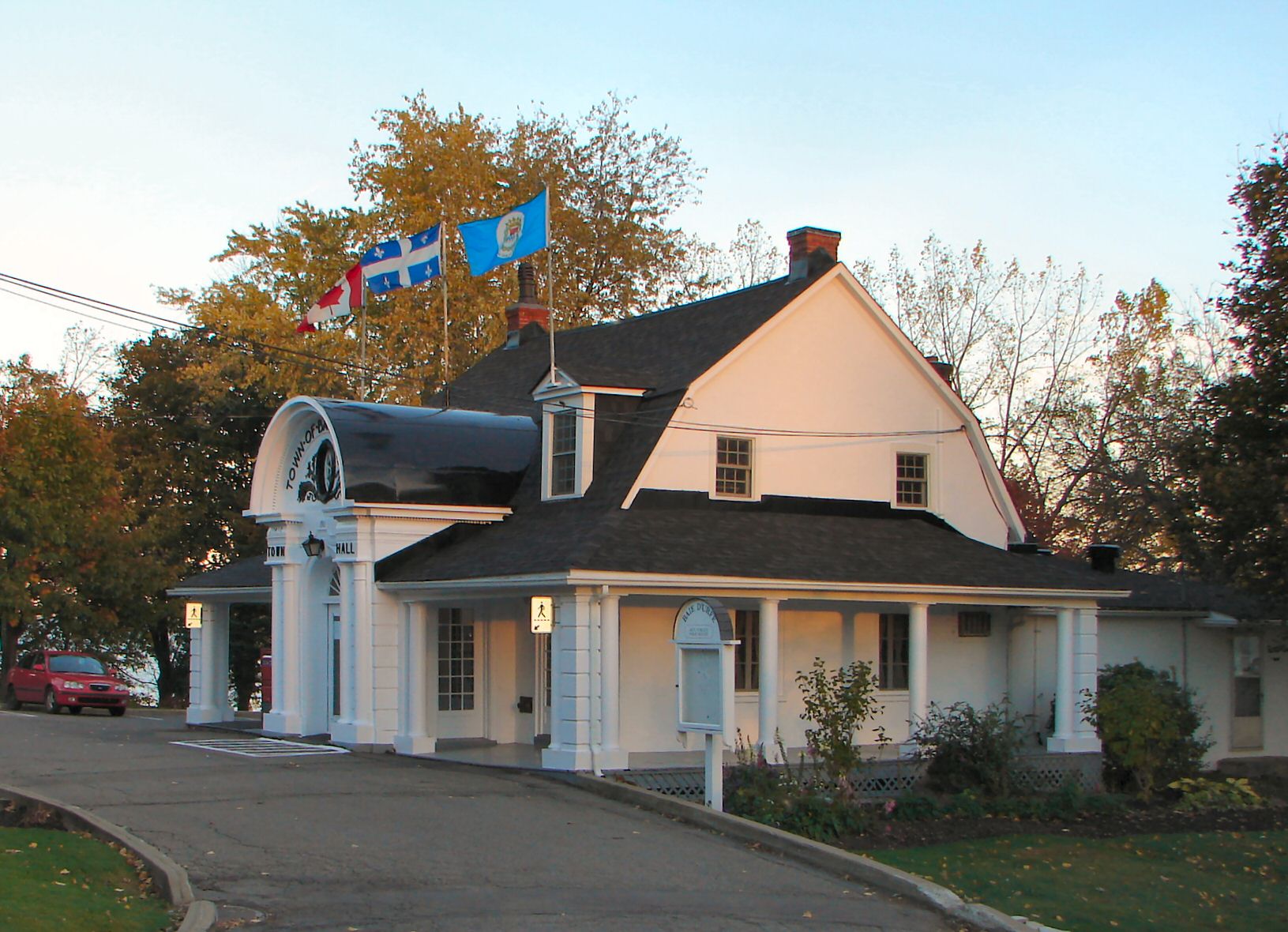|
2002–2006 Municipal Reorganization Of Montreal
Montreal was one of the cities in Quebec affected by the 2000–2006 municipal reorganization in Quebec. On January 1, 2002, all the municipalities on the island of Montreal were merged into the city of Montreal. However, following a change of government in the 2003 Quebec election and a 2004 referendum, some of those municipalities became independent cities again on January 1, 2006. The recreated cities did not regain all of their previous powers, however. A new urban agglomeration of Montreal was created, which resulted in the recreated cities still sharing certain municipal services with Montreal. Merger and demerger ''Une île, une ville'' Until 2001, the island of Montreal was divided into the city of Montreal proper and 27 smaller municipalities. These formed the Montreal Urban Community (MUC). On January 1, 2002, all 28 municipalities on the island were merged into the "megacity" of Montreal, under the slogan "''Une île, une ville''" ("One island, one city"). T ... [...More Info...] [...Related Items...] OR: [Wikipedia] [Google] [Baidu] |
Montreal
Montreal ( ; officially Montréal, ) is the List of the largest municipalities in Canada by population, second-most populous city in Canada and List of towns in Quebec, most populous city in the Provinces and territories of Canada, Canadian province of Quebec. Founded in 1642 as ''Fort Ville-Marie, Ville-Marie'', or "City of Mary", it is named after Mount Royal, the triple-peaked hill around which the early city of Ville-Marie is built. The city is centred on the Island of Montreal, which obtained its name from the same origin as the city, and a few much smaller peripheral islands, the largest of which is Île Bizard. The city is east of the national capital Ottawa, and southwest of the provincial capital, Quebec City. As of 2021, the city had a population of 1,762,949, and a Census Metropolitan Area#Census metropolitan areas, metropolitan population of 4,291,732, making it the List of the largest municipalities in Canada by population, second-largest city, and List of cen ... [...More Info...] [...Related Items...] OR: [Wikipedia] [Google] [Baidu] |
Montreal Metropolitan Community
Greater Montreal (french: Grand Montréal) is the most populous metropolitan area in Quebec and the second most populous in Canada after Greater Toronto. In 2015, Statistics Canada identified Montreal's Census Metropolitan Area (CMA) as with a population of 4,027,100, almost half that of the province. A smaller area of is governed by the Montreal Metropolitan Community (MMC) (french: Communauté métropolitaine de Montréal, CMM). This level of government is headed by a president (currently Montreal mayor Valérie Plante). The inner ring is composed of densely populated municipalities located in close proximity to Downtown Montreal. It includes the entire Island of Montreal, Laval, and the Urban Agglomeration of Longueuil. Due to their proximity to Montreal's downtown core, some additional suburbs on the South Shore (Brossard, Saint-Lambert, and Boucherville) are usually included in the inner ring, despite their location on the mainland. The outer ring is composed of low-d ... [...More Info...] [...Related Items...] OR: [Wikipedia] [Google] [Baidu] |
Montréal-Ouest, Quebec
Montreal West (French: Montréal-Ouest) is an Greater Montreal, on-island suburb in southwestern Quebec, Canada, on the Island of Montreal. Montreal West is a small, close-knit community made up primarily of single-family dwellings. The town is largely composed of families, with 77% of the population speaking English language, English as their primary language at home, the highest percentage on the island. History In 1897, the Town of Montreal West was created when it separated from the Village Municipality of Notre-Dame-de-Grâce, Notre-Dame-de-Grâce-Ouest. It had 50 houses and a population of 350 persons at that time. Its town hall was built in 1910. On January 1, 2002, as part of the 2002–2006 municipal reorganization in Montreal, Montreal West and the neighbouring suburbs of Côte-Saint-Luc and Hampstead, Quebec, Hampstead were merged into the City of Montreal and became the borough of Côte-Saint-Luc–Hampstead–Montreal West. Following a 2003 Quebec general electio ... [...More Info...] [...Related Items...] OR: [Wikipedia] [Google] [Baidu] |
Montreal West, Quebec
Montreal West (French: Montréal-Ouest) is an on-island suburb in southwestern Quebec, Canada, on the Island of Montreal. Montreal West is a small, close-knit community made up primarily of single-family dwellings. The town is largely composed of families, with 77% of the population speaking English as their primary language at home, the highest percentage on the island. History In 1897, the Town of Montreal West was created when it separated from the Village Municipality of Notre-Dame-de-Grâce-Ouest. It had 50 houses and a population of 350 persons at that time. Its town hall was built in 1910. On January 1, 2002, as part of the 2002–2006 municipal reorganization in Montreal, Montreal West and the neighbouring suburbs of Côte-Saint-Luc and Hampstead were merged into the City of Montreal and became the borough of Côte-Saint-Luc–Hampstead–Montreal West. Following a change of government and a 2004 referendum in which the population voted to de-merge by a wide marg ... [...More Info...] [...Related Items...] OR: [Wikipedia] [Google] [Baidu] |
Hampstead, Quebec
Hampstead is an on-island suburb of Montreal, Quebec, Canada. It is an independent municipality, surrounded by the boroughs of Montreal. History The Town of Hampstead was founded in 1914. It was designed to be an exclusive garden city. There are no retail shops within municipal boundaries. Houses were assigned relatively large lots to allow space for trees and shrubbery. The town's roads were designed with curves in order to slow down traffic and to create an interesting and intimate landscape. Despite its rather flat topography—much of the territory was once a golf course—the town was named after another garden city, the London suburb of Hampstead Village. Like its namesake, Hampstead is the home of many affluent citizens, and competes with a few other suburbs for first place in the rankings of highest average household incomes in Canada. Merger and demerger On January 1, 2002, as part of the 2002–06 municipal reorganization of Montreal, it was merged with Côte-Sa ... [...More Info...] [...Related Items...] OR: [Wikipedia] [Google] [Baidu] |
Côte Saint-Luc
Côte Saint-Luc (; also spelled Côte-Saint-Luc, and known historically in English as Cote St. Luke) is a city on the island of Montreal in Quebec, Canada. Geography Along with Hampstead and Montreal West, Côte Saint-Luc forms an enclave within Montreal. Côte Saint-Luc also has two exclaves sandwiched between Hampstead and the city of Montreal. The larger one contains the residential development north of Hampstead and Decarie Square shopping centre, while the smaller one consists of just fifteen residential buildings on Macdonald Ave. History Incorporated in 1903, Côte Saint-Luc grew from a town to a city in 1958. Throughout the 1920s, the town grew quickly and accepted many immigrant populations leaving Montreal, notably German-Jewish, and British families, plus their descendants. By 1935, the population reached 5,000. Railway development and industrial activities were relocated to the north. An example of this is an old farmhouse, near the intersection of Westminster and ... [...More Info...] [...Related Items...] OR: [Wikipedia] [Google] [Baidu] |
Côte Saint-Luc–Hampstead–Montreal West
Côte is a British cafe chain founded by Richard Caring, Andy Bassadone, Chris Benians and Nick Fiddler in Wimbledon, London in 2007. There are now over 84 restaurants in the UK (as of June 2022). History The first restaurant was founded with its first bistro opening in Wimbledon in 2007. Its most recent restaurant opened in 2022 in Henley on Thames. In 2013 the founders sold their business stake for £100 million to the private equity firm CBPE. In 2020 Côte was acquired by Partners Group. During COVID, Côte also launched a restaurant at home delivery service coteathome.co.uk which received rave reviews by various food critics including Jay Rayner. References External links * Restaurant chains in the United Kingdom Restaurants in London {{UK-restaurant-stub ... [...More Info...] [...Related Items...] OR: [Wikipedia] [Google] [Baidu] |
Côte-des-Neiges–Notre-Dame-de-Grâce
Côte-des-Neiges–Notre-Dame-de-Grâce (, ) is a borough (''arrondissement'') of Montreal, Quebec, Canada. The borough was created following the 2002 municipal reorganization of Montreal. It comprises two main neighbourhoods, Côte-des-Neiges and Notre-Dame-de-Grâce, both former towns that were annexed by the city of Montreal in 1910. Côte-des-Neiges–Notre-Dame-de-Grâce is the most populous borough of Montreal, with a population of 166,520 according to the 2016 Census. It is an ethnically diverse borough, and there is also a large student population due to the presence of two universities, Université de Montréal and the Loyola campus of Concordia University. History The colonization of the territory of the borough of Côte-des-Neiges–Notre-Dame-de-Grâce, located on the western and northern flanks of Mount Royal, began in the era of New France. In the beginning, Côte-des-Neiges was frequented by vacationing members of the Montreal bourgeoisie. The first inhabitants ... [...More Info...] [...Related Items...] OR: [Wikipedia] [Google] [Baidu] |
Baie-D'Urfé
Baie-D'Urfé (; previously Baie d'Urfé or Baie d'Urfee) is an on-island suburb of Montreal, Quebec, Canada. It is part of the West Island area of the Island of Montreal. As part of the 2002–2006 municipal reorganization of Montreal, Baie-D'Urfé was merged into the city of Montreal on January 1, 2002, joining with neighbouring Beaconsfield to create the borough of Beaconsfield–Baie-D'Urfé. After a change of provincial government in 2003 and a provincial referendum in 2004, Beaconsfield and Baie-D'Urfé both voted to demerge and were reconstituted as independent municipalities on January 1, 2006. However, they remain part of the urban agglomeration of Montreal. Toponymy Baie-D'Urfé is named after François-Saturnin Lascaris d'Urfé, a French Sulpician priest known as l'Abbé d'Urfé. He was the community's first pastor, who was sent by the ''Gentlemen of Saint-Sulpice'' to serve as a missionary for the parish of Saint-Louis-du-Bout-de-l'Île (which was later renamed in ... [...More Info...] [...Related Items...] OR: [Wikipedia] [Google] [Baidu] |
Baie-d'Urfé
Baie-D'Urfé (; previously Baie d'Urfé or Baie d'Urfee) is an on-island suburb of Montreal, Quebec, Canada. It is part of the West Island area of the Island of Montreal. As part of the 2002–2006 municipal reorganization of Montreal, Baie-D'Urfé was merged into the city of Montreal on January 1, 2002, joining with neighbouring Beaconsfield to create the borough of Beaconsfield–Baie-D'Urfé. After a change of provincial government in 2003 and a provincial referendum in 2004, Beaconsfield and Baie-D'Urfé both voted to demerge and were reconstituted as independent municipalities on January 1, 2006. However, they remain part of the urban agglomeration of Montreal. Toponymy Baie-D'Urfé is named after François-Saturnin Lascaris d'Urfé, a French Sulpician priest known as l'Abbé d'Urfé. He was the community's first pastor, who was sent by the ''Gentlemen of Saint-Sulpice'' to serve as a missionary for the parish of Saint-Louis-du-Bout-de-l'Île (which was later renamed in ... [...More Info...] [...Related Items...] OR: [Wikipedia] [Google] [Baidu] |
Beaconsfield, Quebec
Beaconsfield is a suburb on the Island of Montreal, Quebec, Canada, part of the Greater Montreal region locally referred to as the West Island. It is a prestigious residential community located on the north shore of Lac Saint-Louis, bordered on the west by Baie-D'Urfé, north by Kirkland and east by Pointe-Claire. Incorporated in 1910, named in honour of Benjamin Disraeli, Earl of Beaconsfield, Prime Minister of the United Kingdom and close confidant of Queen Victoria, the city's historical roots go back as far as 1698. Beaconsfield, in its current form, was developed as a cottage community by affluent Montreal residents. Over the decades, the city has transformed from summer homes, to year-round residents, and has flourished. The population of Beaconsfield, as of the Canada 2021 Census, is 19,277. While the population is predominantly anglophone, 77% of residents speak both official languages of Canada. Most residents live in single-family homes, though there are residents of ... [...More Info...] [...Related Items...] OR: [Wikipedia] [Google] [Baidu] |









